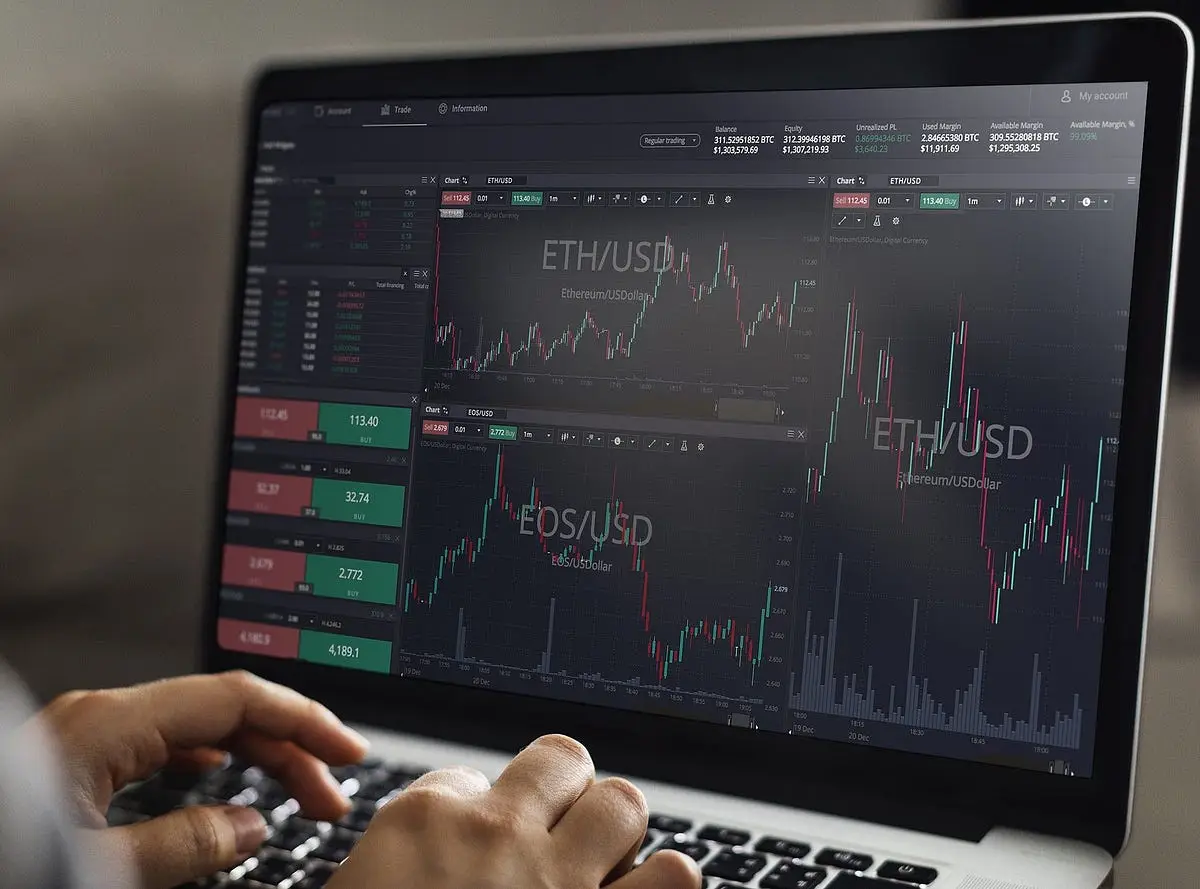Interest in digital assets continues to grow, and more and more people are seeking to enter the market. However, without understanding the key principles, trading can result in serious losses. Those who are learning how to trade Bitcoin should understand that it’s not about blindly pressing buttons, but about dealing with risks, strategy, and analysis. Success requires preparation, discipline, and a systematic approach.
Where Does Cryptocurrency Trading Begin?
First and foremost, it is necessary to choose an exchange. Among the criteria are liquidity, security, fees, and user-friendly interface. After registration, it is important to undergo verification, set up two-factor authentication, fund the account, choose a trading pair, and start trading.

Trading cryptocurrency on an exchange involves understanding basic tools. Working with orders, reading charts, setting entry and exit levels are fundamental actions that determine the outcome. Without mastering these steps, it is impossible to fully understand how to trade Bitcoin even at a basic level.
Basics of Bitcoin Trading: Key Elements
Every trader works with key concepts: price, volume, order, support, resistance. A limit order allows setting your price, while a market order is executed instantly. A stop-loss limits losses, a take-profit locks in profits. These tools form the basis of any action on the exchange.
Ignoring terminology and technical principles leads to mistakes even at an early stage.
Examples of Strategies Suitable for Beginners: How to Trade Bitcoin Wisely
Chaotic decisions do not work in the crypto market. Only a clear trading strategy yields results. Below are basic approaches to start with:
- day trading – opening and closing positions within a day;
- scalping – multiple quick trades with minimal profit;
- trend-following – following the price movement direction;
- based on levels – entry from support, exit at resistance;
- based on indicators – using RSI, MACD, EMA.
A novice can choose any of the presented models, test it on a demo account, and only then use it in real life. Developing a strategy is the foundation in the process of learning how to trade Bitcoin without setbacks and emotional decisions.
Technical Analysis: Trader’s Working Tool
Understanding charts, candlestick patterns, support and resistance levels allows predicting price movements. Without technical analysis, trading becomes a guessing game. Even a simple indicator can serve as a guide when opening a trade.
Technical analysis helps identify entry points, assess trend strength, and identify possible reversals. Its application in conjunction with a strategy provides a stable result and reduces the risk of losses.
Risk Management: Top Priority
There is no absolute certainty in the market. Any trade can go against the forecast. To avoid losing the deposit, it is necessary to implement risk management principles. A trader who does not use protective mechanisms sooner or later loses funds. Key rules include:
- setting a stop-loss for each trade;
- limiting the trade volume to a certain percentage of the balance;
- not using leverage without confidence in the movement;
- taking profits as the position grows;
- avoiding selling in an emotional state.
These actions protect capital and allow maintaining a position in the game. Understanding how to trade Bitcoin is impossible without implementing a risk control system.
Choosing Coins and Building a Portfolio
While Bitcoin receives the most attention, a prudent trader diversifies assets. Liquid altcoins allow diversifying the approach, while stablecoins serve as an anchor during high volatility. A recommended basic set includes:
- Bitcoin (BTC) – the main market asset;
- Ethereum (ETH) – a technological alternative;
- USDT – profit fixation tool;
- BNB, SOL – liquid altcoins with potential;
- new projects with potential – not exceeding 10% of the portfolio.
Such a portfolio reduces dependence on a single instrument and allows applying multiple strategies simultaneously. Only through diversification can one consistently understand how to trade Bitcoin in combination with other assets.
Education and Practice: Path to Confidence
Cryptocurrency trading for beginners does not forgive haste. Only through continuous education in BTC trading, reading analytics, participating in specialized communities, and working with demo accounts can real experience be gained.
A trader’s path is built on testing hypotheses, discipline, and the ability to draw conclusions. Trading courses, studying technical analysis, reading books and blogs of professionals, analyzing charts, reviewing real trades, keeping a trading journal, and actively engaging with like-minded individuals all contribute to confidence in actions.
Gradually, an understanding of how to trade Bitcoin comes, not by following others’ signals, but by building one’s own decision-making logic.
Security: Protecting Assets from Threats
Cryptotrading for beginners is attractive but dangerous. An error in the address, a phishing site, or a lost key can lead to a complete loss of funds. Security is paramount. Recommendations for protection include:

- keeping assets in cold wallets;
- using complex passwords and two-factor authentication;
- not clicking on unknown links;
- regularly checking devices for malware;
- not keeping large sums on exchanges.
Working with digital assets requires not only knowledge but also clear behavioral rules. Only in this way can one master how to trade Bitcoin while maintaining control over capital.
Conclusion
Trading is a path that requires patience and self-control. To understand how to trade Bitcoin, one must study the basics, develop a strategy, learn to analyze and manage risks. The market rewards the prepared and is ruthless to those who act impulsively. Awareness, discipline, and continuous development are the main allies on the path!
 en
en  ru
ru  de
de  ar
ar  es
es  nl
nl  hi
hi  fr
fr  it
it  pt
pt  el
el 
